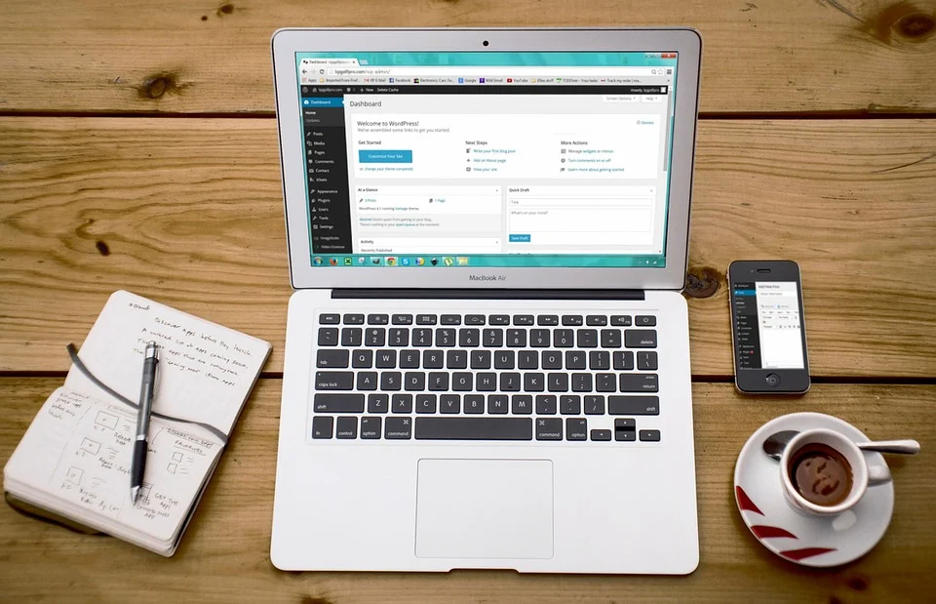If you’re a business owner, it’s important to have a good website. In fact, it might be the most important investment you make. It will help you tremendously on many fronts, and you’ll be able to run your business better thanks to it. Here are the reasons why.
Standing Out
If you want to look special in the eyes of the public, this is a good start for you. As there are tons of competitors in Australia, people tend to find web design companies in Sydney that will make their site look outstanding. This is what you can achieve with the help of a web design company in Sydney that will put in the extra effort to make your website special.
Having a good website also makes it easier for customers or clients to find you and contact you. They can easily learn about your products, services, and most importantly, your brand. If they like what they see on your website, they’ll be more likely to do business with you.
A well-designed website also shows that you’re a professional and serious about your business. It gives potential customers the impression that you’re reliable and trustworthy. And if you have an eCommerce store, it can help increase sales and boost your bottom line.
Getting Organic Traffic
By using the best possible SEO practices for your website, you can ensure that your business will be getting organic traffic. This is important because it means that people are finding your site without you having to pay for advertising. It also means that they are more likely to visit your site again in the future and recommend it to others.
There are a number of things you can do to make sure that your site is getting organic traffic. One is to create high-quality content that people will want to read and share. Another is to make sure that your site is easy to find by using the right keywords and phrases. You can also use social media to promote your site and get people talking about it.
If you’re not getting organic traffic, then you’re missing out on a huge opportunity to grow your business. Make sure that you’re doing everything you can to get it.
Generating Leads
A good website will help tremendously with generating leads. If you have a website that is outdated or not user-friendly, you’re likely to lose potential customers. Make sure your website is attractive and easy to navigate so that people will want to stay on it and learn more about your business.
You can also use your website as a way to collect contact information from interested parties so that you can follow up with them later. A good website is an essential tool for generating leads and growing your business.
When people find you on the internet, they should be able to quickly and easily understand what your business is all about. If you can’t explain what you do in a few seconds, you’ve already lost them. So make sure your website is clear, concise, and to the point.
If you’re not generating leads from your website, then it’s time to take a close look at it and see how you can improve it. Remember, a good website is essential for generating leads and growing your business. Contact us today to learn more about how we can help you create a winning website.
Digital Marketing
A website makes it much easier to engage in digital marketing activities such as Search Engine Optimization (SEO), content marketing, and email marketing. All of these activities are designed to generate leads and sales for your business, and a well-designed website will make it much easier to achieve success with them.
Here’s how to use your website for digital marketing:
- Use SEO to ensure your website appears as high up as possible on search engine results pages.
- Use content marketing to generate interest in your products or services. Content marketing also helps you build a relationship with potential and existing customers.
- Use email marketing to stay in touch with your customers and promote your products or services.
- Use social media to generate interest in your website and build a relationship with potential and existing customers.
Increasing Your Brand Identity
Having a recognizable and consistent brand identity is important for any business. Your website is often the first place where potential customers will encounter your business, so it’s important to make a good impression. A well-designed website that accurately reflects your brand can help you stand out from the competition and attract new customers.
Investing in a professional website design is one of the best ways to ensure that your site makes a positive impression on visitors. Working with a web designer to create a unique and visually appealing site that accurately represents your brand can be an invaluable investment for your business.
Building Credibility
Having a reputation for being credible is important for any business. In order to build credibility, you must be trustworthy and have integrity. Your customers need to know that they can count on you to do what you say you’re going to do. A good way to show your customers that they can trust you is by having a well-designed website.
Your website is often the first impression that potential customers will have of your business. If your website looks like it was made in the 1990s, it’s not going to inspire a lot of confidence in your company. On the other hand, if your website is modern and up-to-date, it will show that you’re keeping up with the times and are invested in providing a good user experience.
Better Customer Service
A high-quality website will make sure your customers can easily find the answers they are looking for. If you have a well-designed website, it will be easier for your customers to navigate and find what they are looking for. This will help reduce the number of customer service inquiries that you receive.
It is important to remember that your website is often the first point of contact between you and your potential customers. First impressions matter, and if your website looks dated or difficult to use, you may lose a customer before they even have a chance to engage with your product or service.
A good website will help you build trust with potential customers and show them that you are a credible business.
A good website can make any business stand out and get organic traffic toward their company. It’ll generate leads more easily, and you’ll have a better time with your digital marketing campaign. You’ll increase your brand identity faster and better, and you’ll be a credible company that people trust. Finally, a good website will improve your customer service with you having to do virtually nothing. Make the best possible website and enjoy its benefits!


